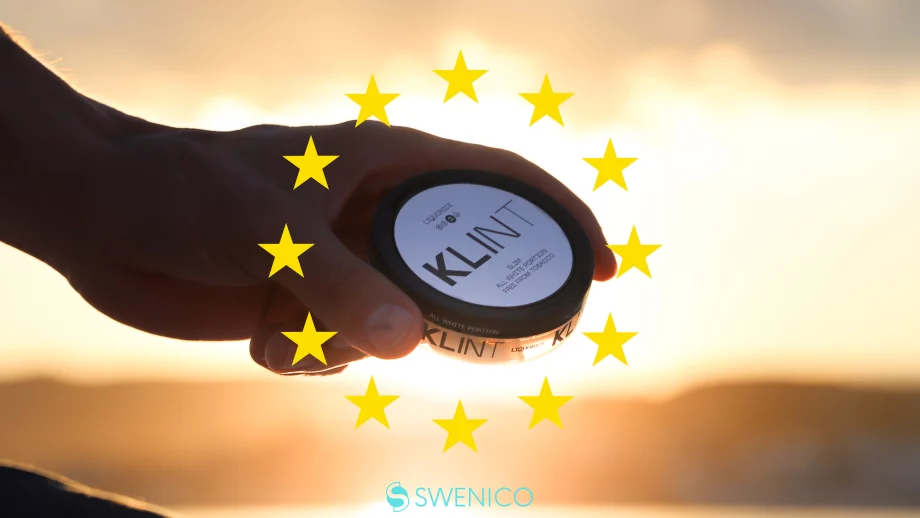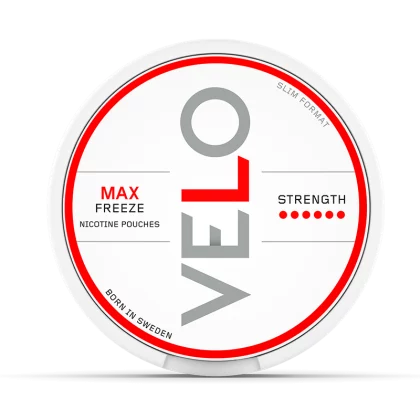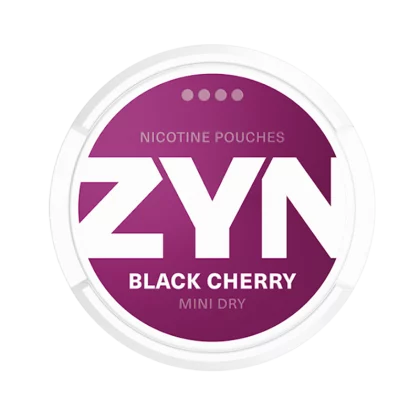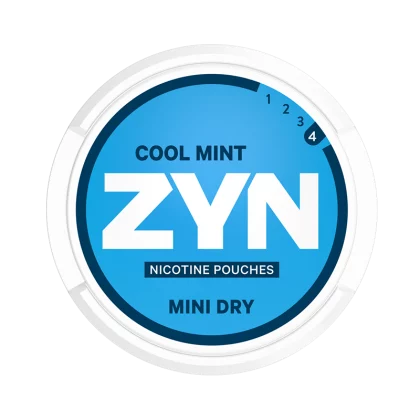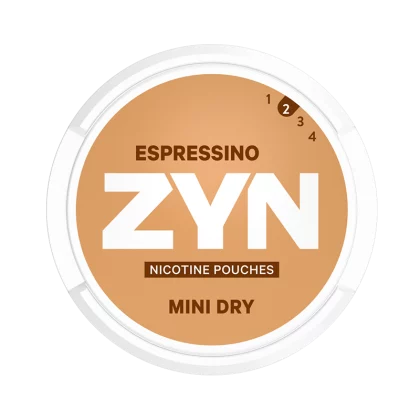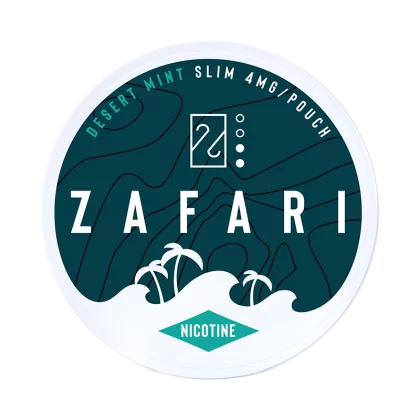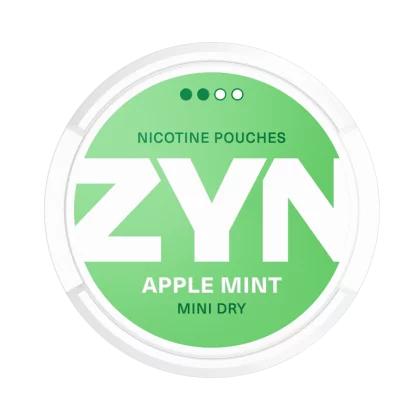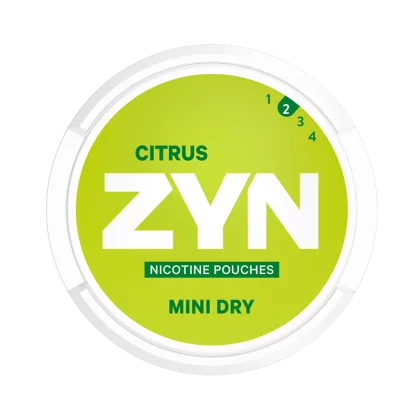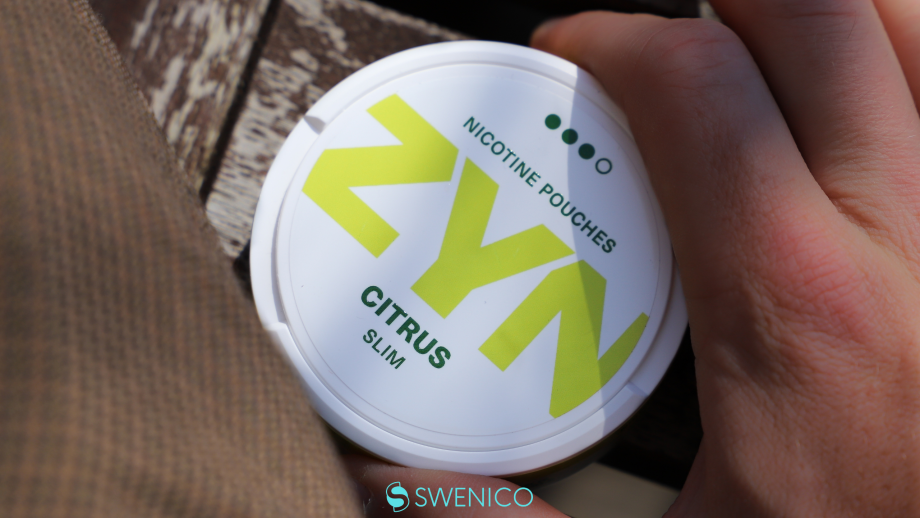Nicotine Pouches have rapidly appeared on the market as an increasingly popular nicotine alternative, free from tobacco and smoke. As its popularity has grown, more and more legislators have had their eyes opened for this product. And since it is, in a way, a completely new product, legislation has not applied to this new and innovative product.
As the popularity for nicotine pouches has increased, the discussion amongst legislators about how nicotine pouches should be is intensified.
But what is the status for nicotine pouches today? Are nicotine pouches legal in Europe?
About nicotine pouches
Nicotine Pouches are oral nicotine pouches that come in the form of small pouches containing plant fiber, nicotine, flavoring, and other food-grade ingredients. The pouches are placed under the upper lip where they release nicotine into the bloodstream in a discreet and convenient manner. Nicotine pouches began appearing on the market in around 2015 and quickly grew in popularity as a less harmful, tobacco-free alternative to traditional tobacco and smoking products.
Understanding the Tobacco Products Directive
Laws on tobacco and nicotine products vary greatly across the world. In general, most countries have regulated tobacco products particularly strictly but since nicotine pouches do not contain tobacco, they don’t fall under the classification of a tobacco product.
As such, other legislations apply for nicotine pouches in Europe.
Before we go any further, it’s important to note that Europe and the European Union are not the same. Not all countries in Europe are part of the European Union, however, for the countries that are a part of the EU, the European Union makes laws, guidelines, and regulations that member countries are expected to follow. At the same time, the EU does not limit any country if they wish to go further in some areas, which some EU members have decided to do when it comes to the regulation of nicotine pouches. As such, the legislation is not always the same across all member states, although they tend to be relatively similar for the most part in order to stay consistent and united.
When talking about nicotine pouches, it’s crucial to understand the overarching legislative framework that governs tobacco and nicotine products in Europe: The Tobacco Products Directive (TPD). This directive, implemented by the European Union (EU), sets out the rules for both traditional and novel tobacco products across all member states. The TPD includes guidelines on ingredients, packaging, labeling, advertising, and more, all with the aim of ensuring a high level of health protection for EU citizens.
The TPD is particularly known for its strict regulations on traditional tobacco products like cigarettes and roll-your-own tobacco. However, as the world of tobacco alternatives evolves, the TPD has also been adapted to cover newer products such as e-cigarettes and heated tobacco products.
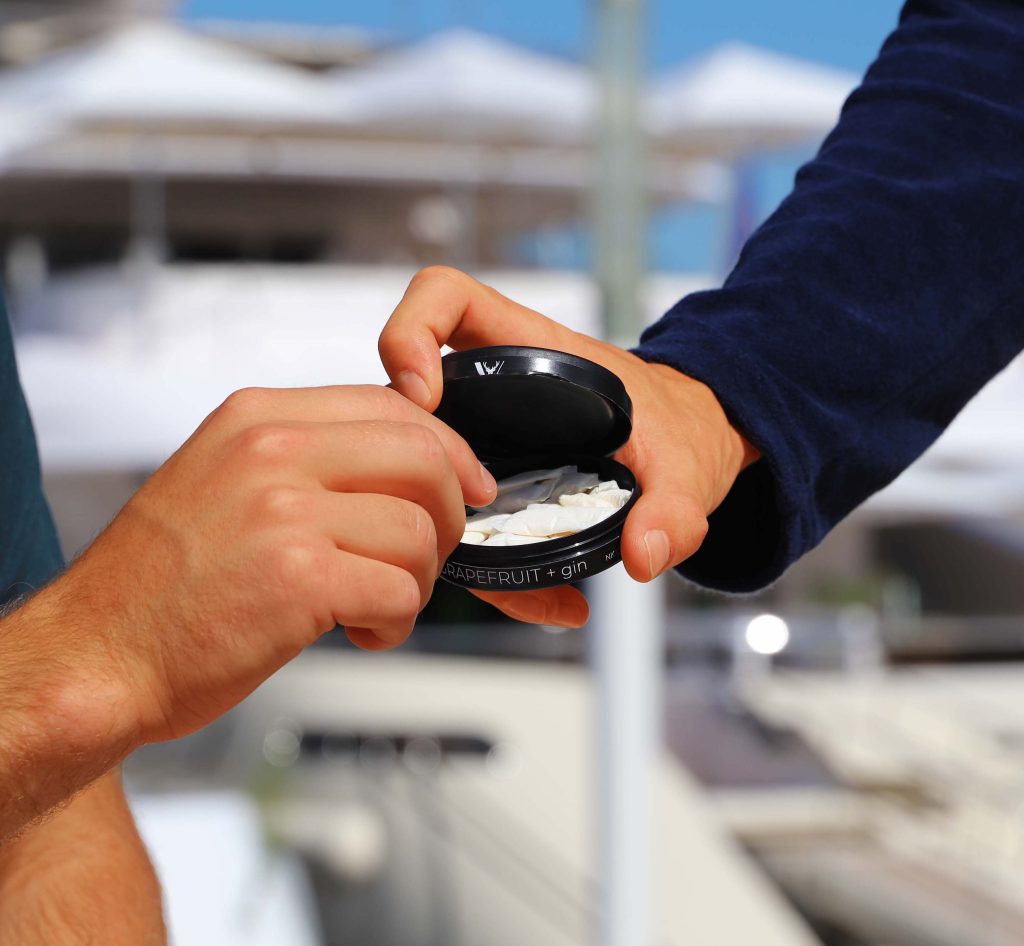
The Regulatory Grey Area of Nicotine Pouches
But what about nicotine pouches? Interestingly, these products fall into a regulatory grey area under the TPD. Because they are tobacco-free, they don’t fit neatly into the categories covered by the directive. However, they do contain nicotine, a substance that is regulated under the TPD when it appears in other forms, such as in e-cigarettes.
Since the TPD does not explicitly regulate nicotine pouches it is up to individual countries to interpret the directive and decide how these products should be treated. This is why countries have taken different stances on nicotine pouches and how they should be regulated.
With that said, the EU has noted the rising popularity of nicotine pouches and therefore discussed how nicotine pouches should be regulated moving forward. This has been important for the EU in order to set guidelines for the membership countries and to allow for a more consistent approach across member states.
A Look at the Netherlands
First, let’s take a trip to the Netherlands. As of late, the Dutch government has implemented a comprehensive ban on the sale of all types of nicotine pouches. The decision to ban these products also extends to rules for tobacco, widening the scope to include all other types of tobacco-free nicotine products. The reasoning behind this decision was to uphold the rules surrounding nicotine pouches, which were previously only allowed if they contained less than 0.035 grams of nicotine. The new rules also prohibit the use of nicotine pouches in areas where smoking is disallowed. This ban extends to all forms of advertising for tobacco-free nicotine products, signaling a significant shift in the Dutch regulatory approach towards these products.
Moving on to Germany
Next, we land in Germany. Here, the situation takes an interesting turn. In Germany, nicotine pouches are classified as foods that contain an unauthorized novel food ingredient: nicotine. This classification has effectively barred these products from the German market. This interpretation of the law has created a unique situation where a product widely available in other parts of Europe cannot be sold in one of the continent’s largest economies.
A Stop in Belgium
Belgium, too, has decided to take action against nicotine pouches. The Belgian Parliament has passed a Government Decree to ban the sale of these products starting from 1st October 2023. The decree was passed with the aim of preventing the known and potential adverse health effects of nicotine pouches, curbing youth use, and avoiding potential negative impacts on overall tobacco control efforts.
A Visit to France
Lastly, let’s take a look at France. Unlike the countries we’ve visited so far, the French regulatory framework for oral tobacco products and nicotine pouches remains unchanged, at least for the immediate future. There is currently no active debate or law proposal on the table to change the status of nicotine pouches. However, potential changes may occur in the future due to the EU Tobacco Product Directive review, particularly concerning nicotine pouches.
Other EU countries
In 2022, Sweden implemented a new law aimed at the marketing and sale of nicotine pouches. The law introduced the age limit of 18 years to purchase nicotine pouches and also set forth rules surrounding the marketing of these products but no ban or other product limitations was implemented. In Finland, there was previously a limit of 4mg of nicotine per portion since earlier which also naturally applied to nicotine pouches. Products containing more nicotine were classified as a medicinal product that requires a prescription. However, in 2023, Finland removed this limitation altogether with plans to implement a new, more comprehensive law in the future. Until then, however, no specific regulations apply to nicotine pouches.
In most EU countries, nicotine pouches are not banned and as of today, there’s nothing that suggests that the EU has any intentions of ever banning this product. If anything, they will implement certain regulations related to the sale and marketing of this product, such as nicotine strength limits but it remains to be seen.

Potential Changes to the TPD
As nicotine pouches are a relatively new product, it is not a topic that has been extensively debated. But as the popularity for this product grows, it is becoming an increasingly important topic for the EU and membership states to discuss.
As we’ve seen, the current version of the TPD does not explicitly regulate nicotine pouches yet, creating a regulatory gray area. What any future decisions will be made on nicotine pouches, if any, remains to be seen. However, as of today, nicotine pouches are allowed in most EU member states with a few exceptions such as the Netherlands and Belgium.
Implications for the Legality of Nicotine Pouches
So, what could this mean for the legality of nicotine pouches in Europe? The answer largely depends on what the revised TPD would say. If the updated TPD were to regulate nicotine pouches similarly to other tobacco products, we could see more countries prohibiting or heavily restricting these products. On the other hand, if the TPD were to classify nicotine pouches differently, perhaps recognizing them as a less harmful alternative to smoking, the products could become more widely available.
In any case, the potential revision of the TPD could significantly impact the legal landscape for nicotine pouches in Europe. For users and potential users of these products, as well as businesses in the industry, it’s crucial to keep an eye on these developments.
Conclusion
It’s clear that nicotine pouches are in a sort of gray area when it comes to legislation in the EU. Since nicotine pouches do not contain tobacco, they do not fall under the TPD. Legislation has not yet caught up with the innovation in the market and many regulators are scratching their heads about how they should regulate this smoke-free and less harmful product. Regulating it in the same way as traditional tobacco products would not be a logical step to take if they want a harm-reduction approach to nicotine product. After all, Sweden, which has a long history of snus and nicotine pouch use is the first country in the world set to become smoke-free so this approach clearly seems to be working if the goal is to eliminate smoking – a habit we know very well has detrimental health consequences.
At the same time, legislators and the EU are taking small steps in reaching a decision on how to move forward with regulating these novel nicotine products. Some countries like Belgium and the Netherlands have taken their own initiatives but thus far, there’s not an official directive for all membership countries.
With its current lack of explicit regulation for nicotine pouches, the TPD has left room for individual countries to interpret and apply the rules as they see fit. As a result, we find ourselves navigating a patchwork of regulations, where the legality of nicotine pouches can vary drastically from one country to the next.
Today, however, the regulations for nicotine pouches are limited and the sale of nicotine pouches are allowed. In other European countries that are not part of the EU, it’s a bit harder to predict what, if any, decisions will be made on nicotine pouches. Countries like Switzerland have not decided to implement any laws for nicotine pouches but other countries like Norway does not allow the sale of nicotine pouches if they do not contain tobacco as it is considered a “novel” nicotine product. However, this is not a new law. For non-EU member states, we will likely see different approaches to nicotine pouches and the decisions can therefore vary from country to country.
Popular nicotine pouches in Europe
-
ZYN Cool Mint Mini Dry Normal 3mgPrice is hidden
-
VELO Freeze MAXPrice is hidden
-
ZYN Mini Black Cherry 6 mgPrice is hidden
-
ZYN Cool Mint Mini Dry Extra StrongPrice is hidden
-
ZYN Espressino Mini Dry Normal 3mgPrice is hidden
-
Zafari Desert Mint 4mgPrice is hidden
-
VELO Ice Cool Mint Strong SlimPrice is hidden
-
ZYN Apple Mint Mini Dry 3mgPrice is hidden
-
ZYN Citrus Mini Dry Normal 3mgPrice is hidden

